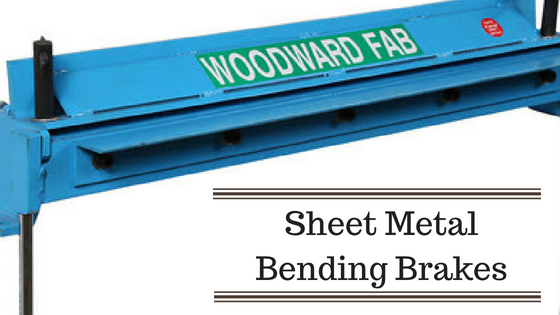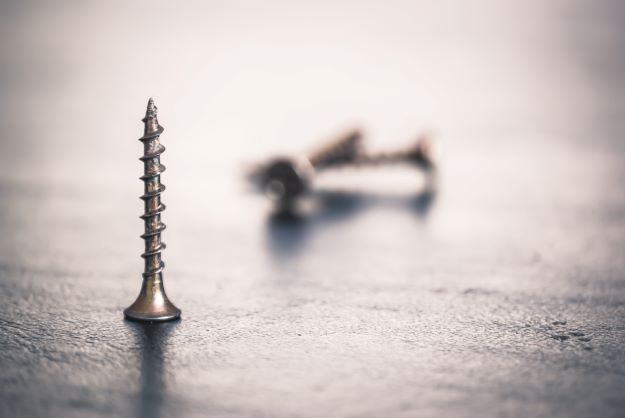Screed in Construction: Enhancing Stability and Finish
Screed is a fundamental part of construction, essential for creating a smooth and level surface before the final flooring layer is applied. Its primary function is to ensure that the finishing materials, such as tiles, carpets, or wood, are properly supported. This article explores the importance of screed, its different types, and how it works alongside geosynthetics to improve construction durability.

What is screed used for?
Screed is used to level and smooth a surface, preparing it for the final layer of materials like tiles or wooden flooring. It ensures the surface is strong and stable, evenly distributing weight across the area. Screed is also used in outdoor spaces to level surfaces before laying pavers or asphalt, helping to maintain the aesthetic appeal and functionality of the final finish.
How is screed applied?
Manual and mechanical methods are the two primary ways of applying screed. The manual approach, which involves using a trowel or screed board, is often chosen for smaller areas where precision is needed. Mechanical tools like power screeds or laser-guided systems are used for larger projects, providing faster and more uniform results. After the application, screed needs time to cure before further work can proceed.
What types of screed are used in construction?
There are several types of screed available:
- Bonded Screed: Attached directly to the base concrete, perfect for thin applications.
- Unbonded Screed: Used over a separating membrane, ideal for situations involving varying base materials.
- Floating Screed: Applied over insulation, commonly seen in underfloor heating systems.
Each type has its advantages, depending on the project’s requirements, and can be paired with geosynthetics for added support and moisture control.
How does screed interact with geosynthetics?
Geosynthetics, such as geogrids and geotextiles, are often integrated with screed to help stabilize soil and control moisture. When placed beneath the screed, these materials prevent moisture from damaging the final surface, improving both stability and lifespan. Geosynthetics also improve load distribution, particularly in areas with heavy traffic, ensuring a more durable construction outcome.
By understanding how screed and geosynthetics work together, builders can enhance the durability and strength of a project. Screed is not just a leveling tool but a critical component in ensuring the success and longevity of any construction project.


